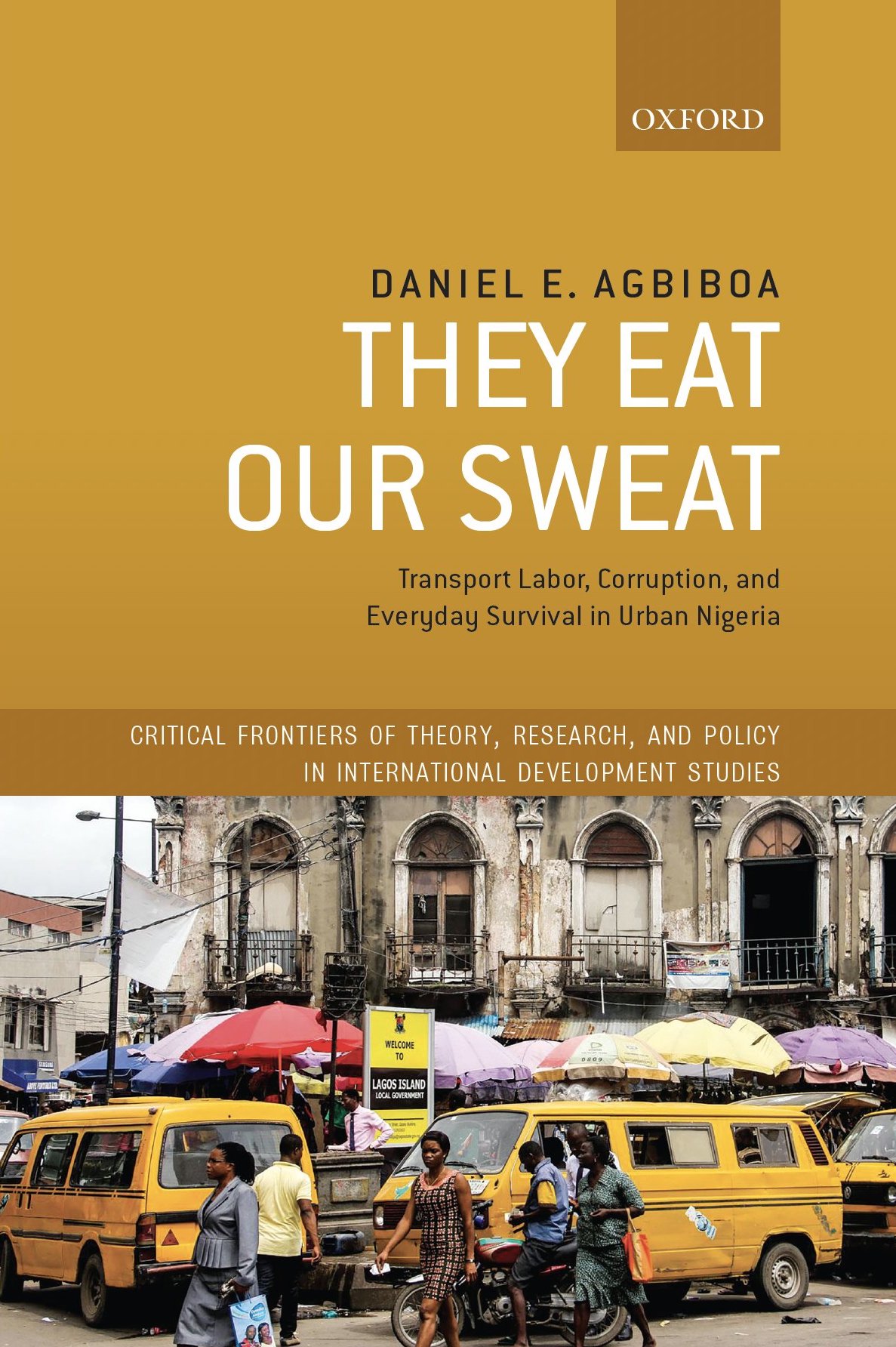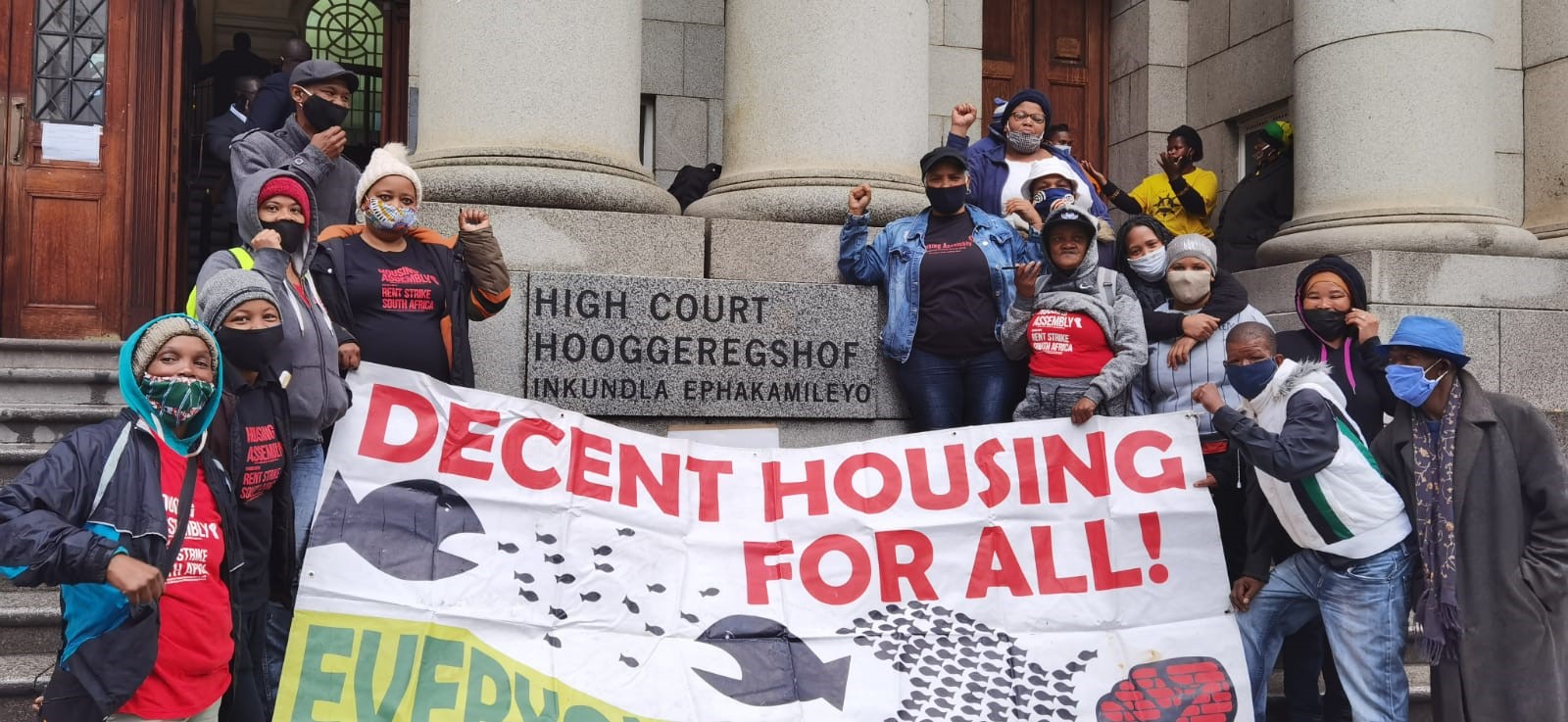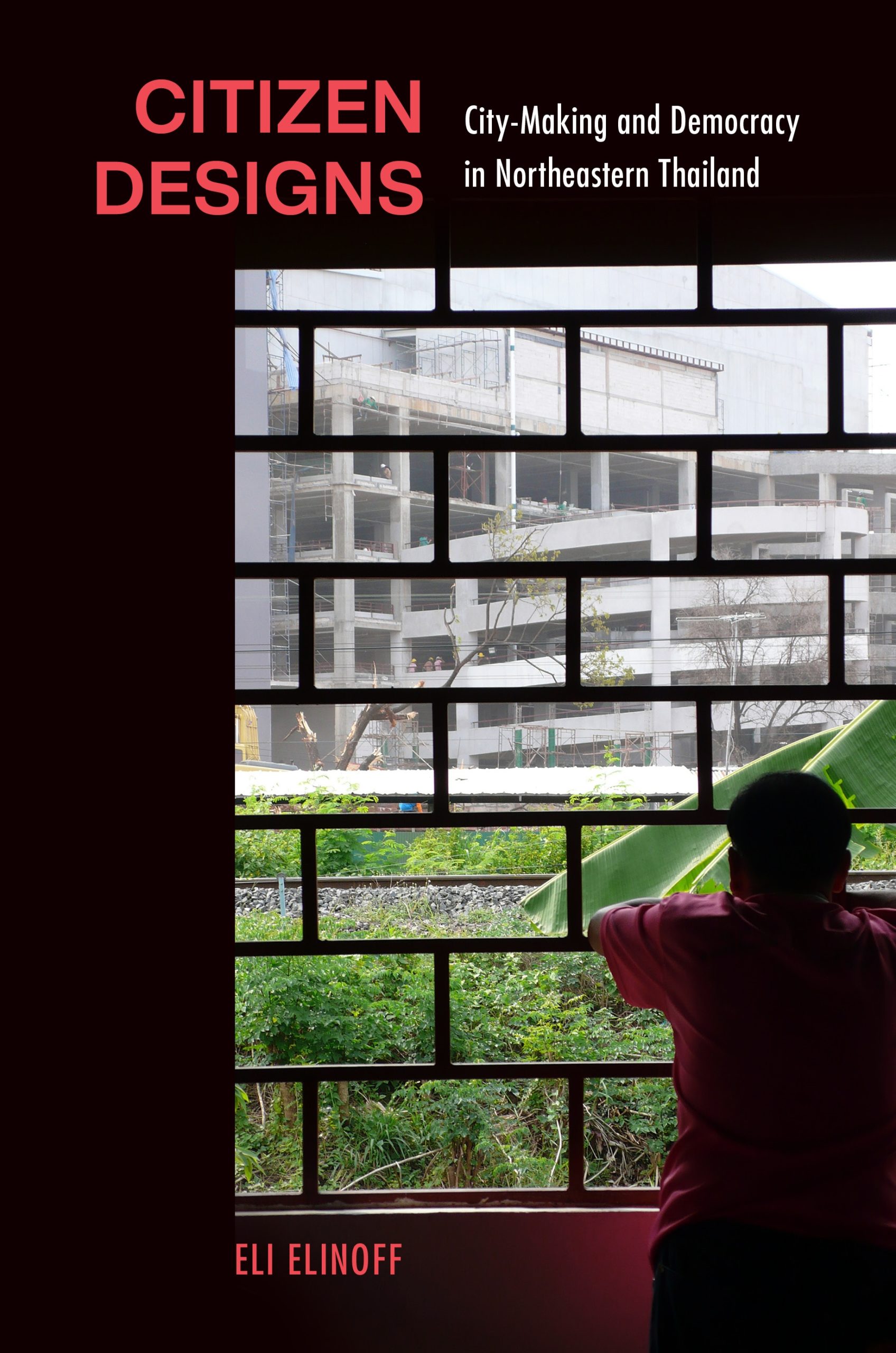Note: This is a place-based piece, written for an audience sitting in a room in the Marriott Wardman Park Hotel in Washington, D.C.
I
n this well-written and accessible book, Sam Stein explains the role of the state in creating gentrification. In popular discourse, gentrification has often been seen as a “private” phenomena. For example, one of the earliest books about gentrification in Washington, D.C., published in 1979, was titled: Private Urban Renewal: A Different Residential Trend. The author, Eileen Zeitz, distinguished this “new” trend from public urban renewal, the federally-funded program created in 1949.[i] Gentrification was just being named as a phenomenon hitting several American cities in the 1970s, including Washington, and it was usually understood at that time as something created by individuals: pioneering (mostly white, mostly college-educated, mostly upwardly mobile) homebuyers. Over years, activists and scholars have begun to understand gentrification more as part of state and city policy: not just the result of a collection of individual choices, or cultural trends. Sam does an excellent job bringing the point of the real estate state home, and crystallizing it.
Sam’s book takes New York City as its primary case. But, as he emphasizes, the real estate state infects the globe as a whole, and the book can and should be used as a tool to analyze the real estate state anywhere. What I want to do here is put the book in conversation with the city of Washington, D.C. We’re here in D.C. for the American Association of Geographers meeting, and it’s always useful for geographers to know something about the place they’re spending time and money; and as the capital of the United States, this city has always played a symbolic role that reflects, and sometimes informs, the politics of the nation. First, I want to talk about how what Sam calls the real estate state was built into the very founding of this nation and its capital city. This is a story of pillage and theft of labor and land. But second, I want to talk about the very powerful and creative work that can come when neighborhood organizing intersects with progressive city officials, including planners, by telling the story of a place just a couple blocks from here. That is a story of hope.
The place we are meeting — Washington, D.C. — has been inhabited by people for about 11,000 years. Long before it was the capital of the United States, it was a place inhabited by the Nacostine people. The Nacostine fished in the creek that runs just down the hill from us, today known as Rock Creek, and they quarried in the hills lining the creek. They lived in villages along the eastern edge of what is today called the Anacostia River, which flows through the southeastern part of today’s Washington, D.C. And they farmed this land, growing corn, squash, beans, and — for ceremonial purposes — tobacco.[ii]
It’s estimated that about 300 Nacostine were living here in 1608, when English captain and trader Henry Fleet sailed up the Potomac River and made what is known as “first contact” with them. Fleet was of course in search of resources, and he was specifically interested in the resource of the beaver. (The English gentry wanted hats made of beaver fur to distinguish themselves from the working class, who wore caps of cloth. And so there was terrific, terrible demand for the skins of dead beaver.) Over the course of the 17th century, the Nacostine were mostly driven from this place, and European men took title to the land. Having mostly destroyed the beaver, they moved on to the addiction of tobacco, planting large fields of the stuff. Of course, they didn’t actually plant anything, and to call them “planters” hides the labor of others. The enslaved people they had purchased from ships that had arrived from the west coast of Africa planted the fields, along with impoverished immigrants, working off debts. The tobacco grown in the British colonies of Maryland and Virginia became famous throughout the world. But by the end of the 18th century, the local tobacco industry dried up — in part because the ruthless mono-cropping had destroyed the soil.[iii] The only resource left was location.
The general location of the nation’s capital was determined by Congress, as a compromise between north and south. But the exact location — here at the confluence of the Potomac and Anacostia Rivers — was chosen by President George Washington, who had taken on the responsibility of founding the new nation’s capital city. George Washington was a Virginian and a slaveholder. He was a lifelong booster of the Potomac River region, and a massive owner of land. In his delicious and horrifying chapter on the real estate reign of the Trump family men, Sam notes that it’s not a new thing to have a real estate mogul as president, as in fact our very first president was one of the country’s largest landowners. Indeed, George Washington owned 52,000 acres of land in territories west of the Appalachian Mountains — land he hoped would become immensely profitable once it became accessible through improved transportation networks. Just a few years before becoming the nation’s first president, Washington founded the Potomac Navigation Company to open up routes to this land that he and other wealthy individuals had laid claim to. Speculation was how he understood land.[iv]
And the city he was in charge of creating was built on speculation. The nation’s capital is known for being the first fully planned city in the United States — designed by Peter L’Enfant, a Frenchman who fought in the Revolutionary War and admired the putative American ideals of freedom and democracy. In terms of how it was planned physically, it’s a good example of state planning. But the actual building of the city was not publicly financed. Rather, the building of the city’s public buildings, streets, and other spaces was financed from the sale of lots to speculators. The government worked with local landowners, convincing them to sell or even donate their land to the government; the government would then turn around and sell the plots to speculators in order to raise money for the building of the capital city. Why would these local landowners sell or give up their land to the government for resale? On the promise that the land that they did not sell, the land they retained, would appreciate tremendously in value once the capital city was built. The states of Maryland and Virginia — which had already ceded some of their land to create the city — donated some money to the building of the city. But the large bulk of the funds came through sale of city lots on speculation.[v]
When we talk about funding the building of a city, what we are talking about in large part is the money required to pay for the labor to do the building. And who actually built these streets, these squares, these public buildings — the Capitol, and the President’s House? It was poor white laborers, and it was enslaved Black people, many of whom were owned by the same wealthy landowners who had given up some of their land to the building of the city. With the decline of the tobacco industry, landowners no longer needed large amounts of labor to work the land, so they started “hiring out” the people they owned to work on a variety of local projects. The city contracted with plantation owners to hire over three hundred enslaved workers to clear land, make bricks, dig wells, quarry rock, lay foundations, and erect structures.[vi] That is, the early federal funds raised through the speculative sale of lots in the nascent capital were used in part to pay wealthy landowners for the labor of the enslaved people they owned, in order to build the symbols of freedom and democracy that served as the matrix around which this city has developed. This is the real estate state. This is the racialized real estate state, or more specifically, the white supremacist real estate state, upon which the capital of the United States is founded. Capital City, indeed.
But that doesn’t mean we can’t subvert this founding logic — and this is what I find so hopeful about Sam’s book. Sam gives us examples of planners, both historic and contemporary, who are cognizant of the potential they, as agents of the state, have in challenging the demands of the real estate state. He exhorts us to see city planning as a necessarily contested practice. Cities are defined by difference and density: they are fundamentally places of contestation and conflict. And planning needs to directly engage these conflicts. Of course, as Sam emphasizes, planners can’t do anything without mass movements of people who insist on the city as a place of home and well-being, not as a machine for profits. I love a line from the book’s introduction, where Sam writes, “Gentrification is brutal, but rarely total.”[vii] His point is that people find ways to fight back, creating spaces for themselves and their families and communities and histories and memories and futures. People engage in these fights everywhere, all the time, all over the world. And sometimes they win. If you take a short walk sometime during this conference, you can find many examples of ways mass movements of people, with assistance from city officials, have fought back against gentrification and won. I’d like to tell one of these stories of how people won.
If you were to walk out the hotel doors and cross the Calvert Street bridge, also known as the Duke Ellington Bridge, and take your very first left, you would find yourself in a park. This park sits on land that was once owned by a real estate speculator. The 4.2-acre tract sat vacant and unused for years in the middle of the 20th century, while the owner bided his time, waiting for the land to appreciate. In 1964, a neighborhood youth group, the Ontario Lakers, under the leadership of Black community activist Walter Pierce, took it upon themselves to start clearing the privately-owned lot, in order to create a park for young people to play. The neighborhood, Adams Morgan, had many young people, and desperately little recreation space. Together with other neighbors, the Ontario Lakers youth group installed playground equipment, maintained the grounds, and organized youth sports events in the reclaimed space, renting the land from its owner, who was still just waiting for the land to appreciate, for a dollar a year. They operated the land as community-run space for 11 years — what I’d call a kind of urban commons.[viii] But in the mid-1970s, gentrification was coming to D.C., and the owner of the tract finally began negotiating to sell the land to a real estate developer, who planned to build 156 high-end townhouse condominiums on the land.[ix] So the people of Adams Morgan fought back. They organized. And they demanded the city save the park they had collectively created.
In early 1978, after several years of struggle, the city finally took action to save the land: it used eminent domain to force the owner to sell the land to the city, preserving the park in perpetuity. Why would the city spend public money to buy the land, preserving it as public space, when 156 luxury townhomes would have generated significant property tax revenue over many years to come? It goes agains the logic of the real estate state. It helped that the city had some very progressive elected officials in the 1970s, who were responding to the organized will of the people. But it must also have been because some anonymous planner-types in the bowels of city government worked the administrative gears to allow the city takeover to happen. In April of 1978, neighbors held a party in the park to celebrate their victory. Families sold homemade food to benefit projects in the park; people gathered around a model of the park to discuss how they wanted to further make use of the space; and a neighborhood tenants association sponsored a game called “Help the People Knock the Speculators.” “For 25 cents,” a Washington Post reporter explained, “players got an opportunity to knock over a stack of beer cans that were labeled with the names of local real estate developers.”[x] Ultimately, the park was renamed in honor of community activist Walter Pierce.
Walter Pierce Park still exists — it’s right there, over the Duke Ellington Bridge. You’d be hard-pressed to find any Black teenagers there today, though, or any anti-developer beer can pyramids for that matter. It’s mostly dogs and upper-income, mostly white, babies. And this of course is one of the critical questions of Sam’s book — how do we make cities just and good places without ultimately playing into gentrification and the displacement of the people who created those cities, those neighborhoods, those resources like Walter Pierce Park? In his last chapter, “Unmaking the Real Estate State,” Sam lays out the policies, principles, and politics that could help answer this question. “The real estate state,” he writes, “is a historical and political construct: it was formed by historical factors, and it can be unmade by political movements.”[xi] We already have the outlines of much of what we need in order to create just cities, as Sam emphasizes — we just need to fill them in, and expand them. We do this through participating in political movements. This can happen, it has happened, is continuing to happen, ongoing, everywhere. I’m excited to keep thinking and learning and acting in ways that create more just cities. Sam’s book is a tool for helping us do this.




















